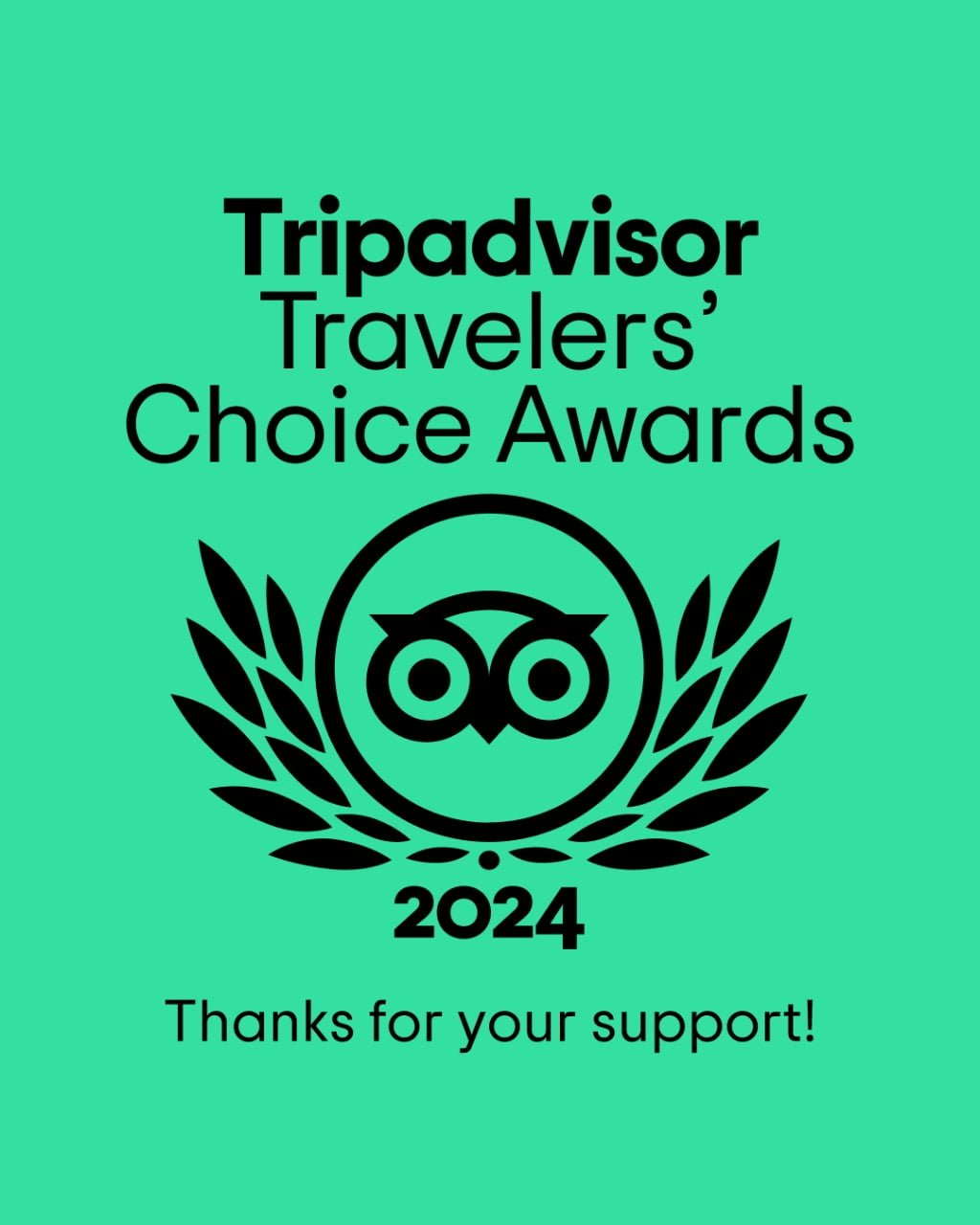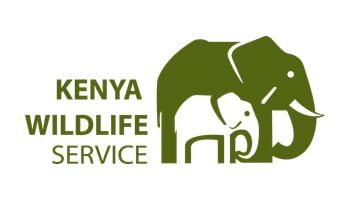Welcome to the Safari in Kenya. Kenya is a land where African wildlife encounters are more than just sightings—they’re soul-stirring moments. From Big Five sightings to the Great Migration spectacle, Kenya delivers what many dream of when they imagine the ultimate safari. But what really makes for the best safari in Kenya?
Let’s explore the most iconic parks, the hidden gems, planning tips, and everything in between—so your safari isn’t just great, it’s unforgettable.
Beyond the Mara: Your Guide to Kenya’s Most Unforgettable Safaris
While the Masai Mara National Reserve is world-famous for its lion prides and wildebeest herds, Kenya offers far more. If you’re after elephant herds and stunning Kilimanjaro views, head to Amboseli National Park. Want rugged wilderness and red elephants? Explore Tsavo East and West. For rare species like the Grevy’s zebra, Samburu National Reserve is a treasure.
Each park offers a distinct piece of Kenya’s raw natural beauty, and combining a few gives you the best safari in Kenya experience.
Luxury, Adventure & Wildlife: Crafting Your Perfect Kenya Safari
Whether you’re in a luxury bush camp overlooking a waterhole or a family-friendly safari lodge, your comfort doesn’t have to be sacrificed for adventure.
Kenya caters to all types of travelers—from thrill-seekers chasing savanna adventures to honeymooners in eco-friendly lodges and photographers looking for the perfect lion shot. Choose fly-in safari packages for convenience or go overland for immersive game drives.
The key? Tailor it. A tailor-made itinerary helps ensure you get the best safari in Kenya on your terms.
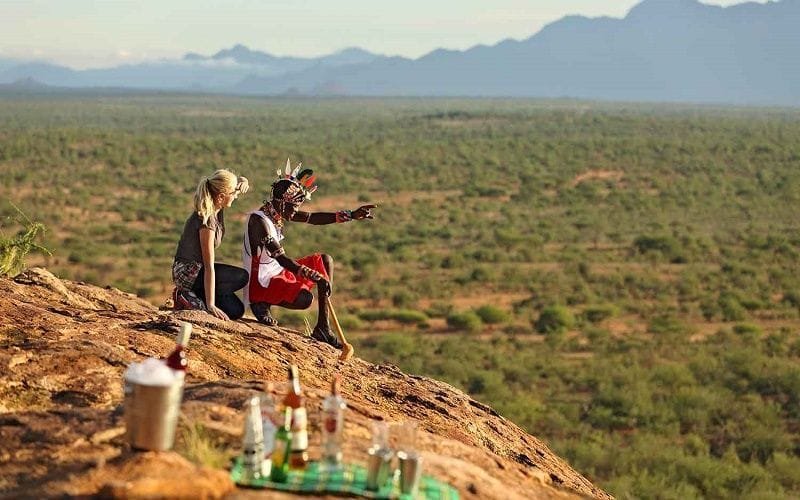
Conservation-Led Safaris: Kenya’s Best Ethical Wildlife Encounters
Today’s traveler seeks more than just sightings—they want sustainability. That’s where exclusive conservancy experiences shine. Visit Ol Pejeta Conservancy, home to the last northern white rhinos, or explore the Laikipia Plateau conservancies, known for their low-impact sustainable safaris.
Here, you’re not only enjoying wildlife but also supporting conservation-focused tours that protect these majestic animals for generations.
Kenya’s Hidden Gems: Underrated Parks for an Exclusive Safari
Want the best safari in Kenya without the crowds? Meru National Park offers lush greenery and solitude. Lake Nakuru, famous for its pink flamingos, also offers rhino sightings. Private wildlife conservancies offer seclusion, luxury, and better animal tracking experiences.
These lesser-known parks let you enjoy secluded wilderness and quiet moments of awe—like watching a leopard at dusk with no other vehicle around.
The Great Migration Decoded: Timing Your Best Kenya Safari Experience
Every year, over two million wildebeest, zebras, and gazelles cross the Mara River in what’s known as the Great Migration spectacle. It’s nature’s most dramatic event—and a bucket-list must.
To witness it, plan your safari between July and October. That’s when your chances of seeing a thrilling predator-prey drama increase, making it one of the best times for the best safari in Kenya.
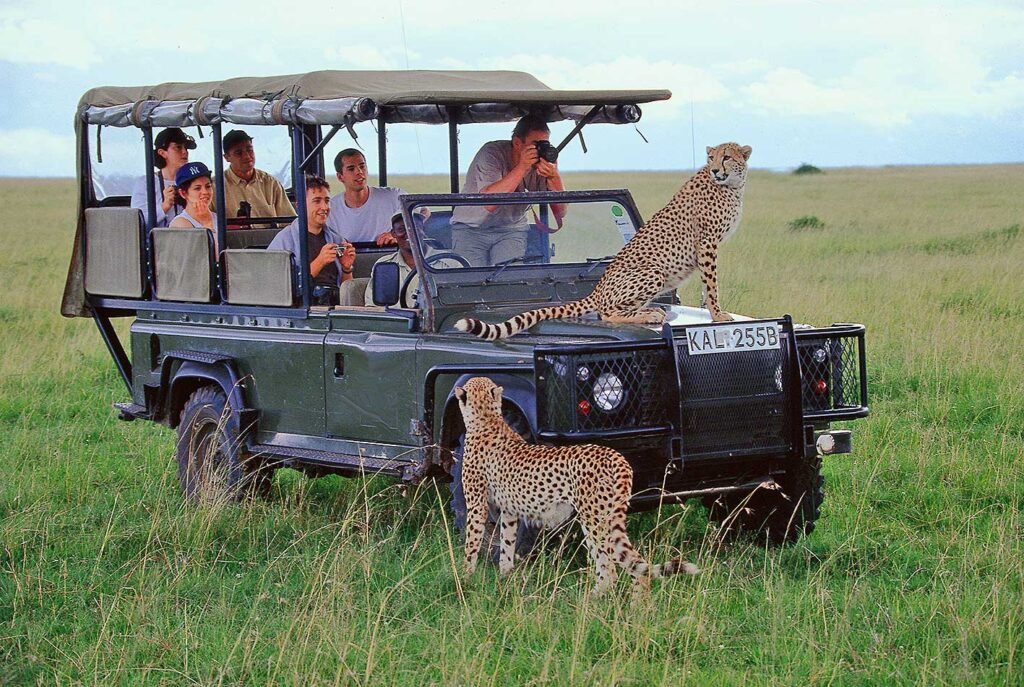
Family Safaris in Kenya: Top Child-Friendly Lodges & Activities
Kenya isn’t just for adults. Family-friendly safari lodges offer kid-centric activities, like animal tracking, bushcraft lessons, and visits to Maasai villages. Some even have swimming pools and child-minders.
Places like Samburu and Laikipia are ideal, offering both safety and adventure. With walking safaris with Maasai guides, even kids can get in touch with nature responsibly and safely.
Safari Planning Made Simple: How to Choose Your Best Kenya Adventure
Planning the best safari in Kenya doesn’t have to be overwhelming. Here’s a quick planning checklist:
• Choose your season: Dry seasons (Jan–Mar & July–Oct) are best for game viewing.
• Pick your parks: Mix popular and hidden gems.
• Set a budget: Kenya offers everything from luxury to budget safaris.
• Pack smart: Lightweight clothes, sunblock, camera gear, and binoculars.
• Book early: Especially during migration season.
• Choose reputable tour operators: Experience matters!
\Masai Mara vs. Private Conservancies: Where to Find Your Ideal Safari
The Masai Mara is spectacular but can be crowded during peak seasons. Private wildlife conservancies like Olare Motorogi, Naboisho, and Lewa offer similar wildlife—but with exclusivity, off-road driving, and fewer tourists.
If you’re after luxury, personalization, and authentic cultural connections, conservancies might just give you the best safari in Kenya.
Beyond Game Drives: Walking, Balloon & Cultural Safaris in Kenya
Game drives are just the start. Take a hot air balloon safari at dawn over the Mara for a surreal view of the plains. Or slow it down with walking safaris led by knowledgeable Maasai guides—you’ll learn to read animal tracks, identify birds, and connect deeply with nature.
Don’t miss out on Maasai cultural immersion—visit a village, learn their traditions, and support local communities.
Kenya’s Wildlife Spectacles: Where to Witness Nature’s Greatest Dramas
From lions ambushing buffalo to cheetahs chasing gazelles, Kenya’s predator-prey dramas unfold daily. Head to Naboisho Conservancy for high-density predator zones or Amboseli for elephants roaming with Kilimanjaro views in the background.
This is where awe-inspiring landscapes meet thrilling wildlife stories.
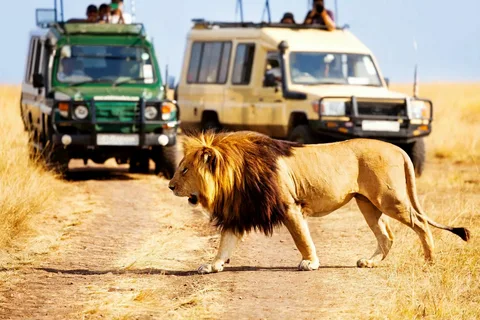
Safaris Without Crowds: Kenya’s Best-Kept Wilderness Secrets
Want the wilderness all to yourself? Explore Laikipia, Meru, or even Samburu, where you’ll often go hours without seeing another vehicle. It’s quiet, personal, and intimate—just you, the bush, and the animals.
If you value unforgettable wilderness journeys, this is your version of the best safari in Kenya.
From Amboseli to Samburu: Kenya’s Most Photographic Safari Routes
Photographers love Kenya—and for good reason. Amboseli offers stunning shots of elephants beneath Mount Kilimanjaro. Samburu gives you golden lighting, dramatic terrain, and rare species.
Book with photographic safari specialists who offer modified vehicles, guides trained in photography, and extra time with the animals.
My Personal Experience
On my last trip to Kenya, I booked a 10-day tailor-made itinerary covering Masai Mara, Laikipia, and Lake Nakuru. The highlight? Witnessing a river crossing during the Great Migration—thousands of wildebeest rushing through crocodile-filled waters. It was chaos, power, and nature at its finest.
At Ol Pejeta Conservancy, I met Sudan—the last male northern white rhino—just before he passed. That moment taught me that wildlife conservation isn’t just a word; it’s a responsibility.
We also did a walking safari with a Maasai guide, who showed us medicinal plants and hyena tracks. These personal touches made the trip more than just a vacation—it became a deep connection with nature and culture.
That’s what I call the best safari in Kenya.
Conclusion
Kenya isn’t just a destination—it’s an experience of the wild, a deep dive into nature’s greatest show. Whether you’re watching lions hunt in the Masai Mara, floating over herds in a hot air balloon safari, or sipping sundowners at a luxury bush camp, Kenya delivers the safari of a lifetime.
Plan it well, choose your parks wisely, and embrace both the wild and the cultural richness. That’s how you’ll find your best safari in Kenya—one that stays with you forever.
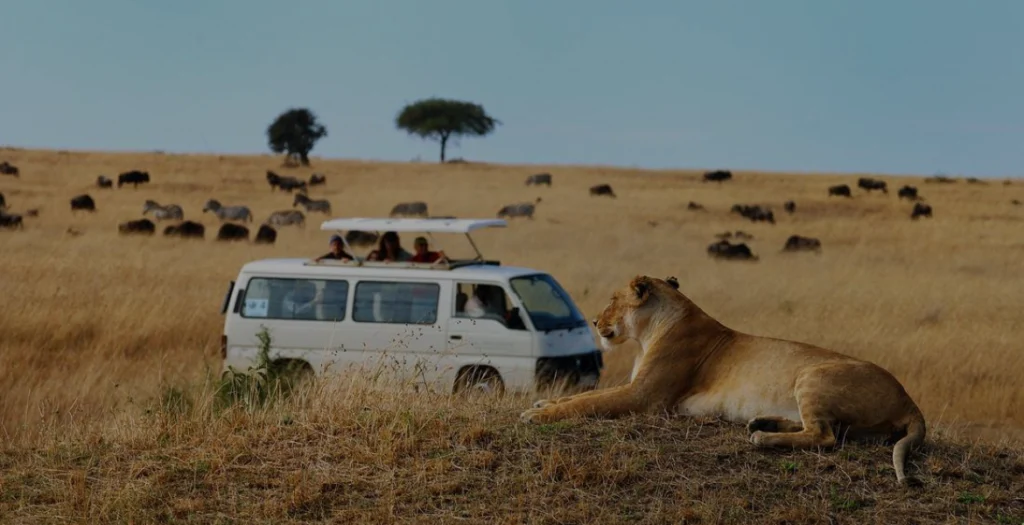
FAQs
- What is the best time to go on safari in Kenya?
July to October (dry season and Great Migration) and January to March for better predator sightings. - What parks are best for first-time safari-goers?
Masai Mara, Amboseli, and Lake Nakuru are ideal for beginners. - Is Kenya safe for safari travel?
Yes, especially with reputable tour operators. Follow local guidelines and stay within your lodge/guide’s advice. - Can I do a safari on a budget?
Absolutely! Kenya offers budget safaris with group tours and camping options. - How long should a Kenyan safari be?
7–10 days is ideal to explore multiple parks and enjoy some downtime. - Can I combine beach and safari in Kenya?
Yes! Add a beach stay at Diani Beach or Watamu after your safari for relaxation. - Are walking safaris safe?
Yes, when done with certified Maasai guides in designated conservancies. - What’s included in a safari package?
Usually accommodations, meals, guided game drives, park fees, and airport transfers. - What should I pack for a Kenyan safari?
Neutral-colored clothes, hat, sunscreen, camera, binoculars, insect repellent, and comfortable shoes. - What makes Kenya’s safaris unique?
The sheer diversity—Great Migration, Big Five, cultural richness, exclusive conservancies, and unforgettable landscapes.

